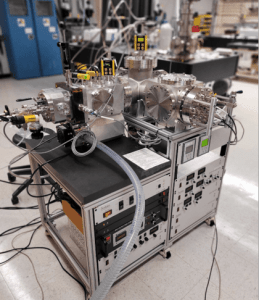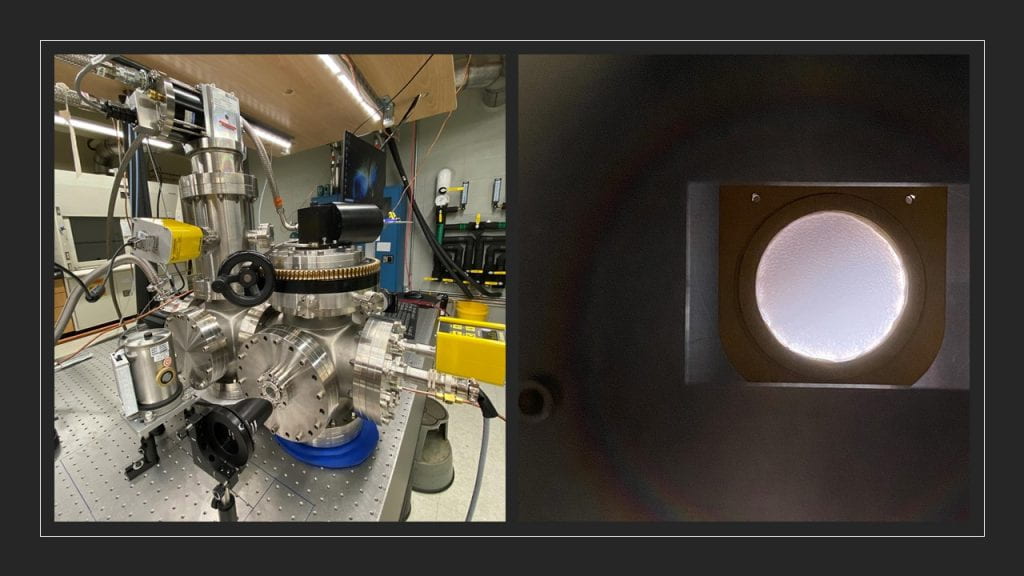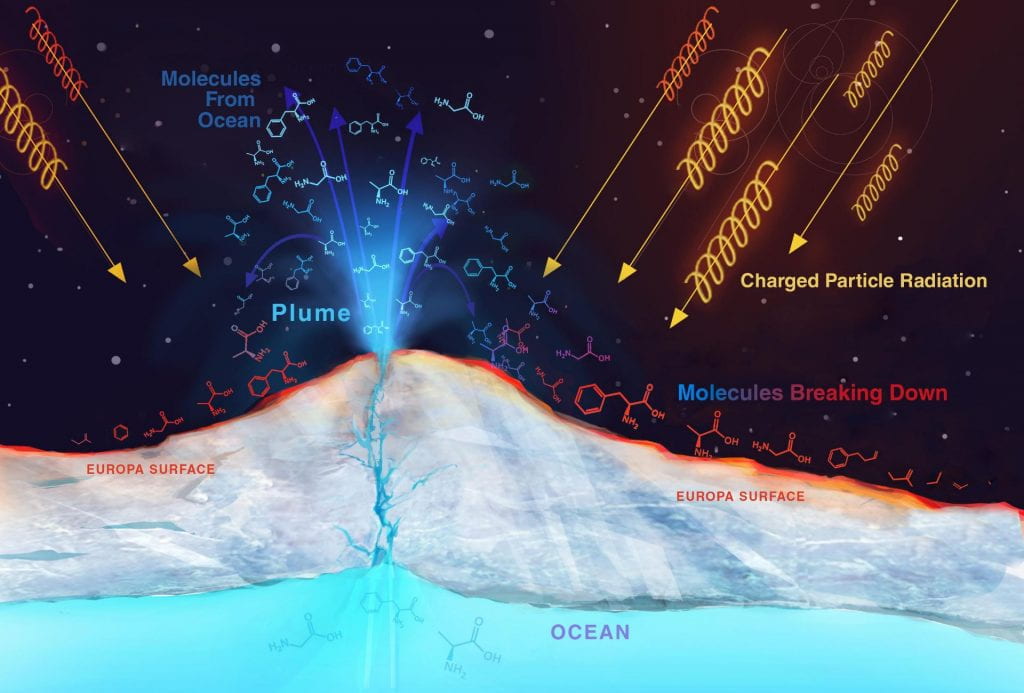Astrochemistry is a burgeoning field for physical chemistry research. Our research group focuses on developing experimental tools to investigate the chemistry of the interstellar medium and planetary atmospheres. The reactivity of important astrochemical species, reaction mechanisms, and product yields proposed computationally will be tested experimentally using two different cold molecule laboratory techniques. Learn more about our ongoing research projects below.
Organometallic Molecules in Space

IRC +10216 (or CW Leonis), region of detection of numerous magnesium compounds in the interstellar medium.
Image Credit: NASA

Proposed synthetic network of magnesium compounds in space, including many organometallic species.
Image Credit: Wang et. al (2024)
Ion/molecule reactions dominate interstellar and circumstellar gas-phase chemistry due to their fast reaction rates. We are studying the formation of metal-organic molecules from radiative association reactions at low-temperatures. These experiments are carried out in a cryogenic ion trap using novel beam sources for both the ion and neutral molecule.

Ion Source: Ion instrument for ion-neutral kinetics.
Glow discharge ion source, linear ion trap, quadrupole mass filter.

Neutral Source: Cryogenic Buffer Gas Beam (CBGB)
Neutral gaseous species diluted in buffer gas, 4K helium cryostat, collisional cooling, cavity ringdown spectroscopy.
Reactions in Planetary Atmospheres

Planetary atmospheres present a special environment where reactions that are not possible in Earth’s atmosphere can occur under unique conditions. We are testing the hypothesis that acids (and other molecules) can catalyze isomerization reactions thought to be impossible in our atmosphere. The matrix isolation environment is perfect for isolating weakly-bound complexes that form in these exotic reactions.
